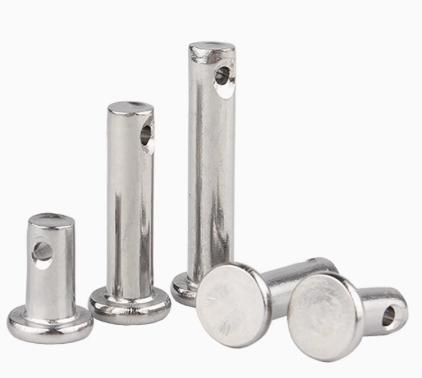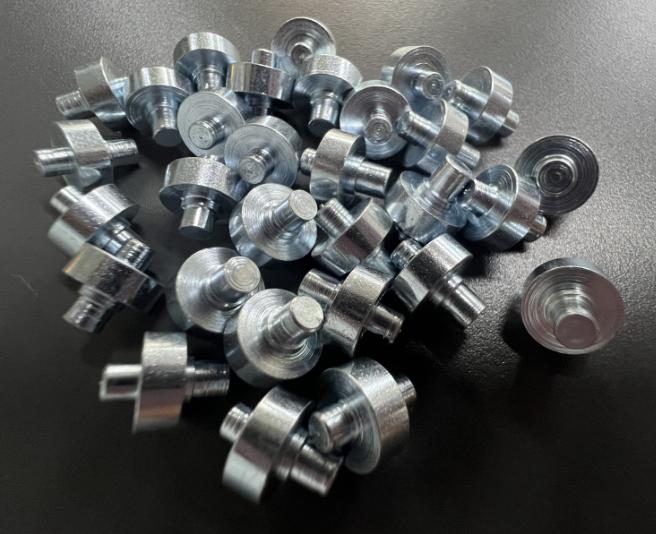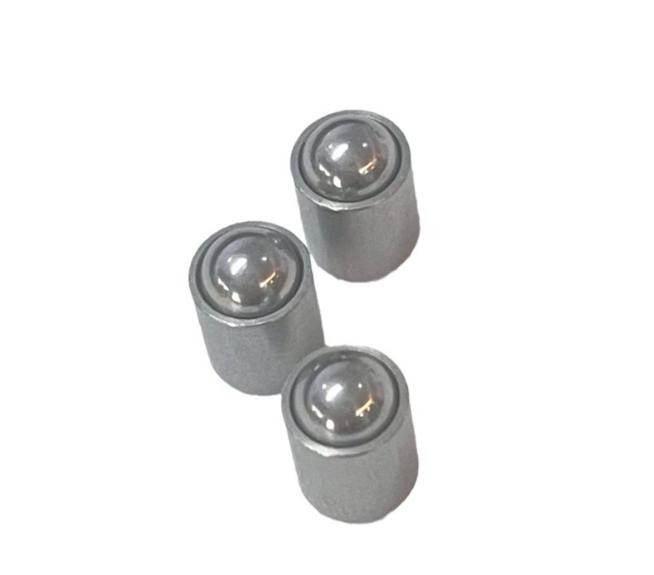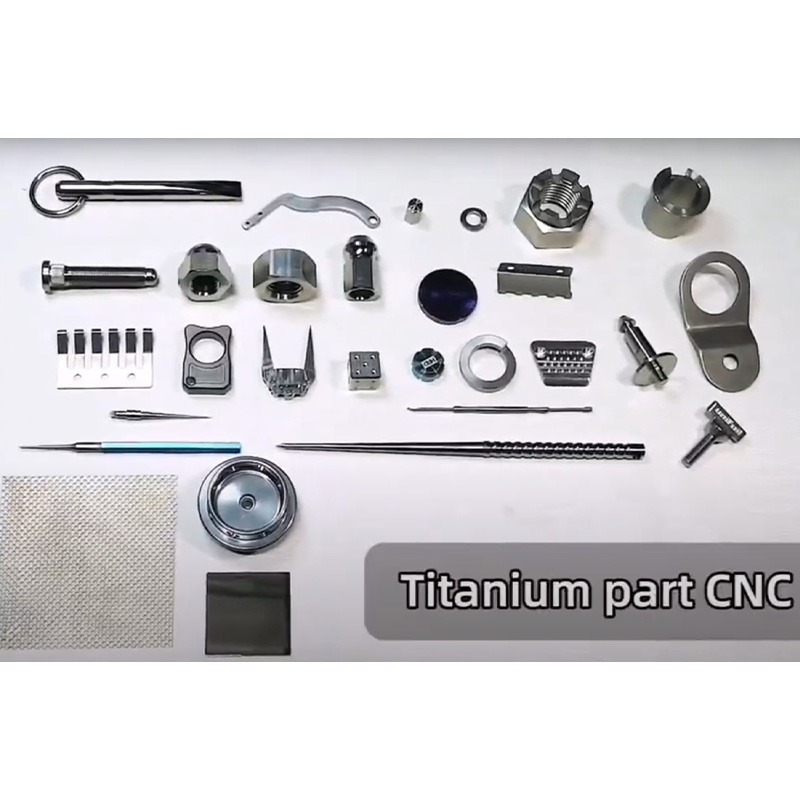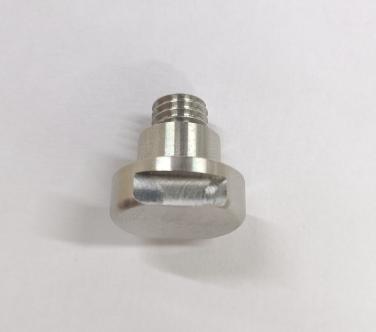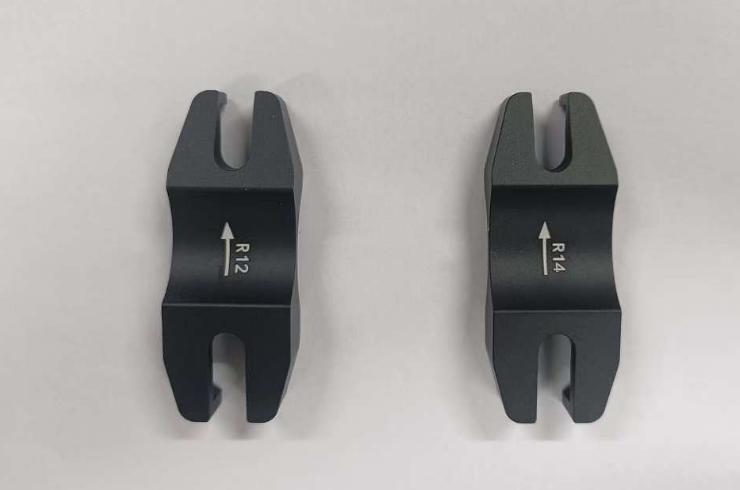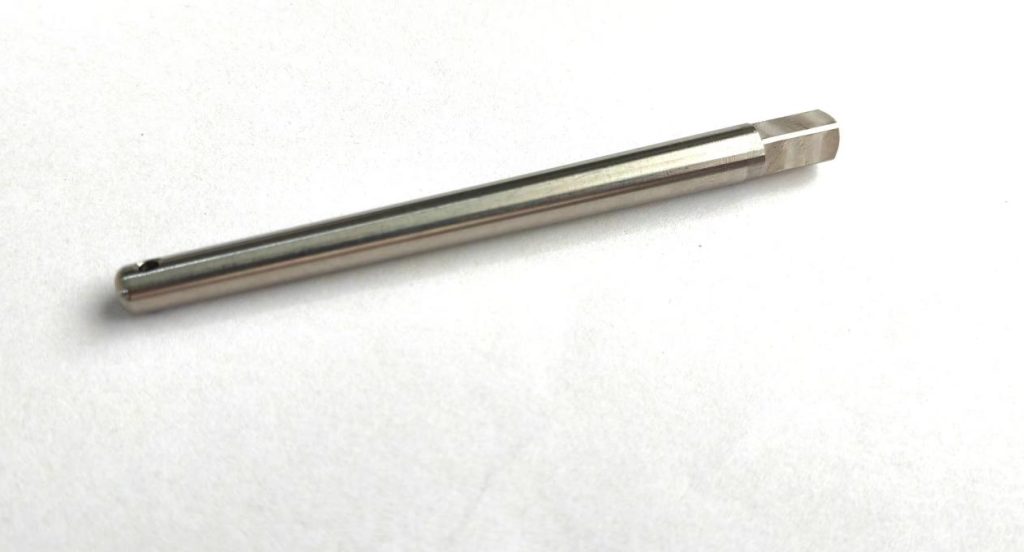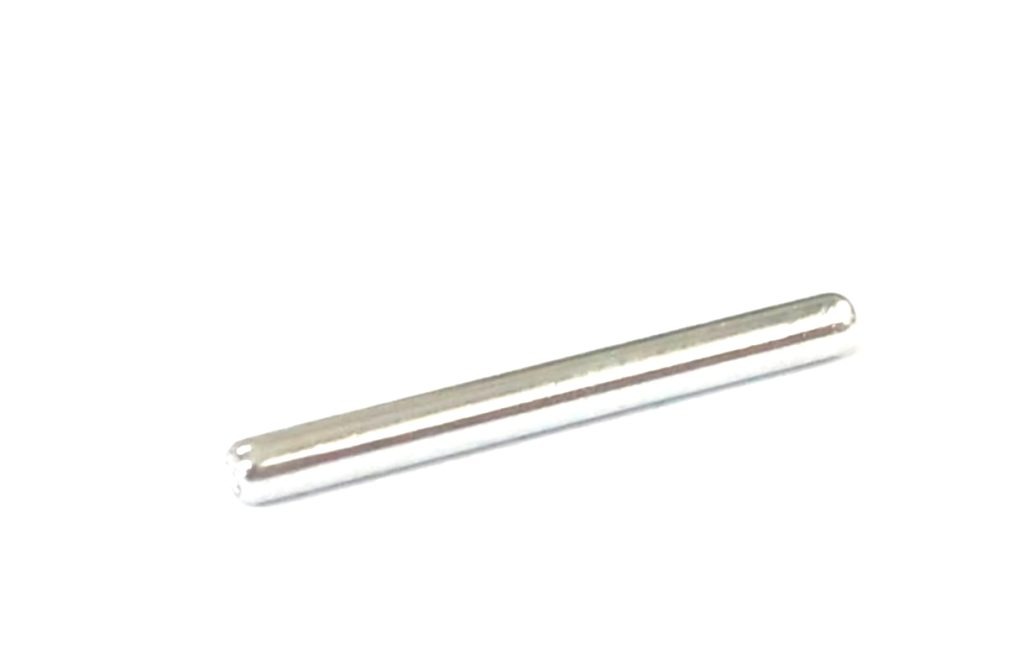A Comprehensive Guide to 5-Axis CNC Machining: Unparalleled Precision
The evolution of CNC machining in the realm of advanced manufacturing has significantly transformed the precision and complexity with which components are crafted. 5-axis CNC machining enables intricate and precise machining operations across five axes, opening up new manufacturing possibilities. This article will delve into the world of 5-axis CNC machining, investigating its principles, applications, benefits, and impact on various industries.
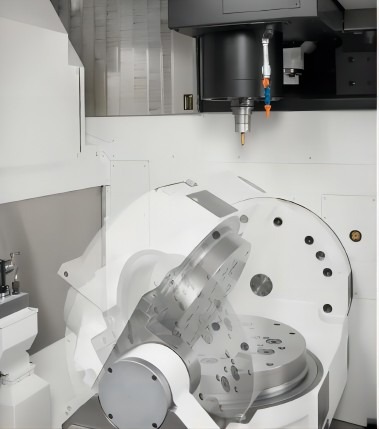
Understanding 5-Axis CNC Machining
Traditional CNC machining uses three primary axes: X, Y, and Z. The addition of 5-axis machining to this setup adds two rotational axes, commonly referred to as A and B. The cutting tool can approach the workpiece from multiple angles thanks to the combination of linear and rotary motions, providing unparalleled flexibility and precision.
Key Principles of 5-Axis CNC Machining
5-Axis CNC machining is a cutting-edge technology that revolutionizes machining precision and complexity. 5-axis machining, compared to traditional 3-axis machining and 4-axis machining, introduces additional rotational axes, allowing the cutting tool to approach the workpiece from various angles. Understanding the fundamentals of 5-axis CNC machining is critical for realizing its full potential in manufacturing.
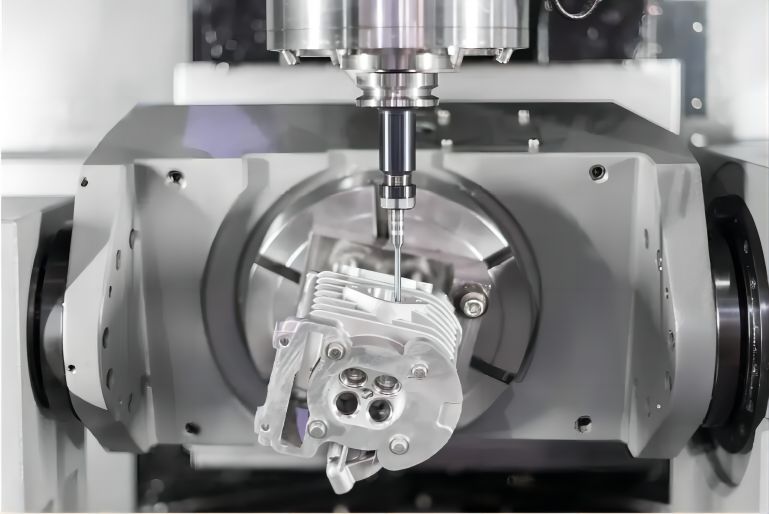
1. Linear Axes (X, Y, Z)
The familiar linear axes of X, Y, and Z form the foundation of 5-axis CNC machining. These represent the movements of the workpiece along its width, depth, and height. Linear motions along these axes enable the tool to reach various locations on the workpiece.
2. Rotational Axes (A, B)
The rotational axes, denoted as A and B, enable the cutting tool to pivot. Axis A typically rotates around the X-axis, while Axis B rotates around the Y-axis. These rotational movements enable the tool to approach the workpiece from different angles, expanding the machining possibilities.
3. Degrees of Freedom
The combination of linear and rotational axes adds degrees of freedom to the cutting tool. The tool in 5-axis CNC machining can move not only along the X, Y, and Z axes, but it can also rotate around the A and B axes. Because of this increased flexibility, intricate machining operations and the creation of complex shapes are possible.
4. Simultaneous Machining
The capability for simultaneous machining is a key principle of 5-axis CNC machining. This means that the tool can perform both linear and rotational movements at the same time, allowing it to follow a complex toolpath and reach multiple points on the workpiece in a single operation. To achieve the precision and efficiency associated with 5-axis technology, simultaneous machining is required.
5. Tool Center Point Control (TCP)
In 5-axis CNC machining, the Tool Center Point (TCP) is a critical concept. It refers to the point on the cutting tool that contacts the workpiece. As the tool moves along its programmed path, the CNC controller dynamically adjusts the tool’s orientation to maintain a consistent TCP, ensuring precision in machining.
6. Coordinate Transformations
Managing the different axes involves complex coordinate transformations. The CNC controller must seamlessly convert the toolpath coordinates from the programming language to the machine’s native coordinate system, accounting for the rotations in the A and B axes.
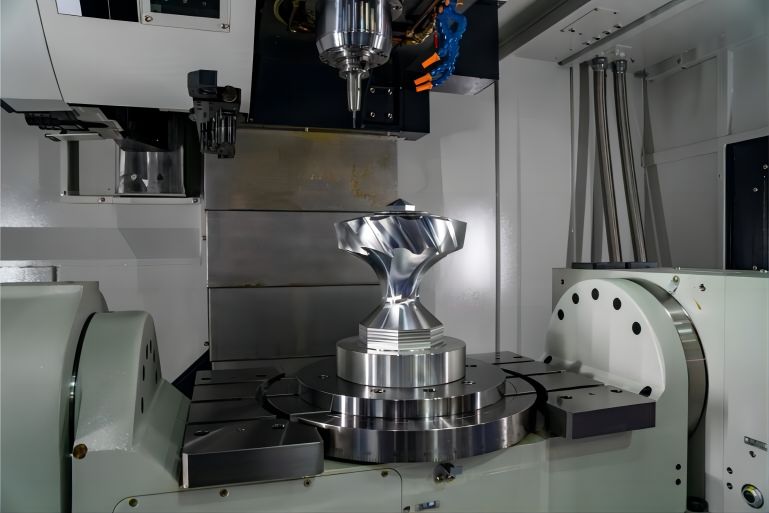
7. Collision Avoidance
Due to the increased range of motion, collision avoidance is a crucial consideration in 5-axis CNC machining. Advanced software and toolpath simulation are employed to detect and prevent collisions between the cutting tool, tool holder, and workpiece, ensuring safe and efficient machining operations.
8. Workpiece Fixturing
Proper fixturing is essential in 5-axis machining to enable access to all areas of the workpiece. Fixtures need to be carefully designed to allow the tool to reach various angles without obstruction.
9. Programming Complexity
To define the toolpath in all axes, 5-axis CNC machining necessitates sophisticated programming. CAM (Computer-Aided Manufacturing) software is frequently used to generate complex toolpaths that take the machine’s kinematics and the desired machining results into account.
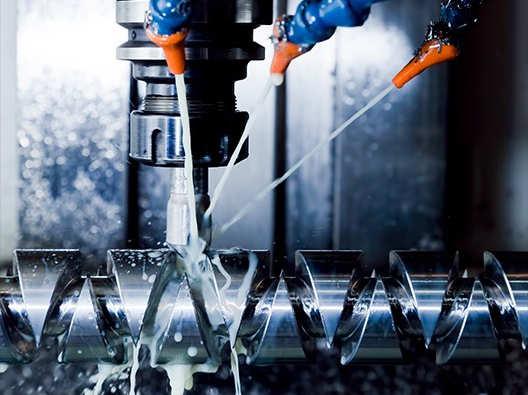
Various Applied Industries of 5-Axis CNC Machining
1. Aerospace Industry
In aerospace manufacturing, 5-axis CNC machining is commonly used to create complex components with tight tolerances. Turbine blades, engine components, and intricate structural elements all necessitate precision and efficiency.
2. Medical Device Manufacturing
5-axis machining is useful in the medical field for producing intricate and customized medical implants and devices. The ability to approach a workpiece from multiple angles ensures the precise creation of complex shapes.
3. Automotive Sector
5-axis CNC machining is used by automotive manufacturers to produce critical components such as engine parts, molds, and prototypes.
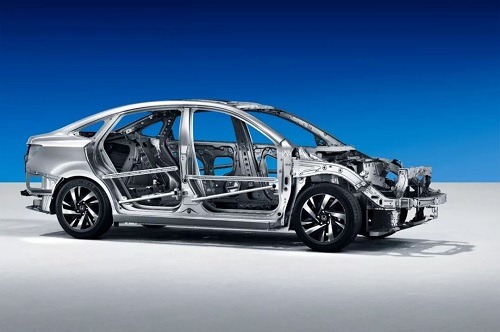
4. Die and Mold Industry
The die and mold industry benefits from the flexibility of 5-axis machining in creating intricate molds and dies for various applications. This includes the production of detailed and complex plastic injection molds.
5. Prototyping and Rapid Manufacturing
The versatility of 5-axis CNC machining makes it an ideal choice for rapid prototyping. Engineers and designers can efficiently create complex prototypes and iterate designs with precision, reducing time-to-market for new products.
Advantages of 5-Axis CNC Machining
1. Increased Precision
The ability to approach the workpiece from multiple angles enhances precision, allowing for the creation of complex geometries with tight tolerances.
2. Reduced Set-Up Time
5-axis machining reduces the need for multiple setups, streamlining the manufacturing process and minimizing the risk of errors associated with manual adjustments.
3. Enhanced Surface Finish
The tool’s multi-axis movement allows it to maintain optimal cutting conditions, which results in a smoother surface finish on machined components.
4. Improved Tool Life
5-axis machining contributes to increased tool life and reduced tool wear by optimizing the toolpath and minimizing stress on the cutting tool.
5. Versatility in Complex Geometries
The technology makes it possible to machine intricate and complex shapes that would be difficult or impossible to achieve with traditional 3-axis machining.
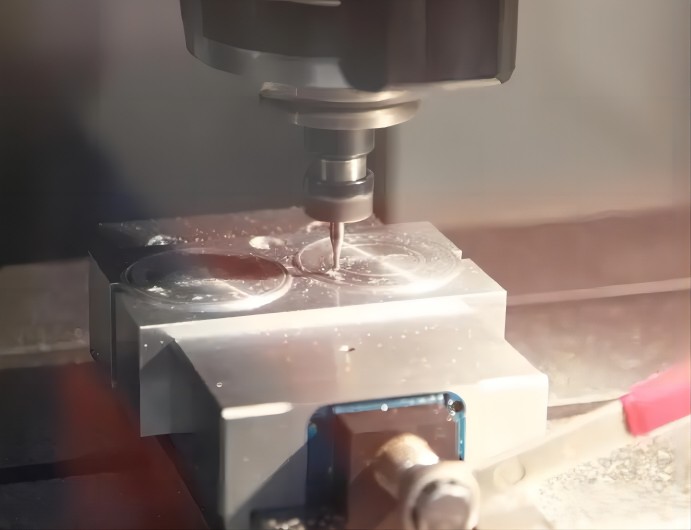
Conclusion
5-axis CNC machining exemplifies the relentless pursuit of manufacturing precision and efficiency. As technology advances, this machining method will most likely become more important across a wide range of industries, pushing the limits for the complexity and precision of CNC components.

